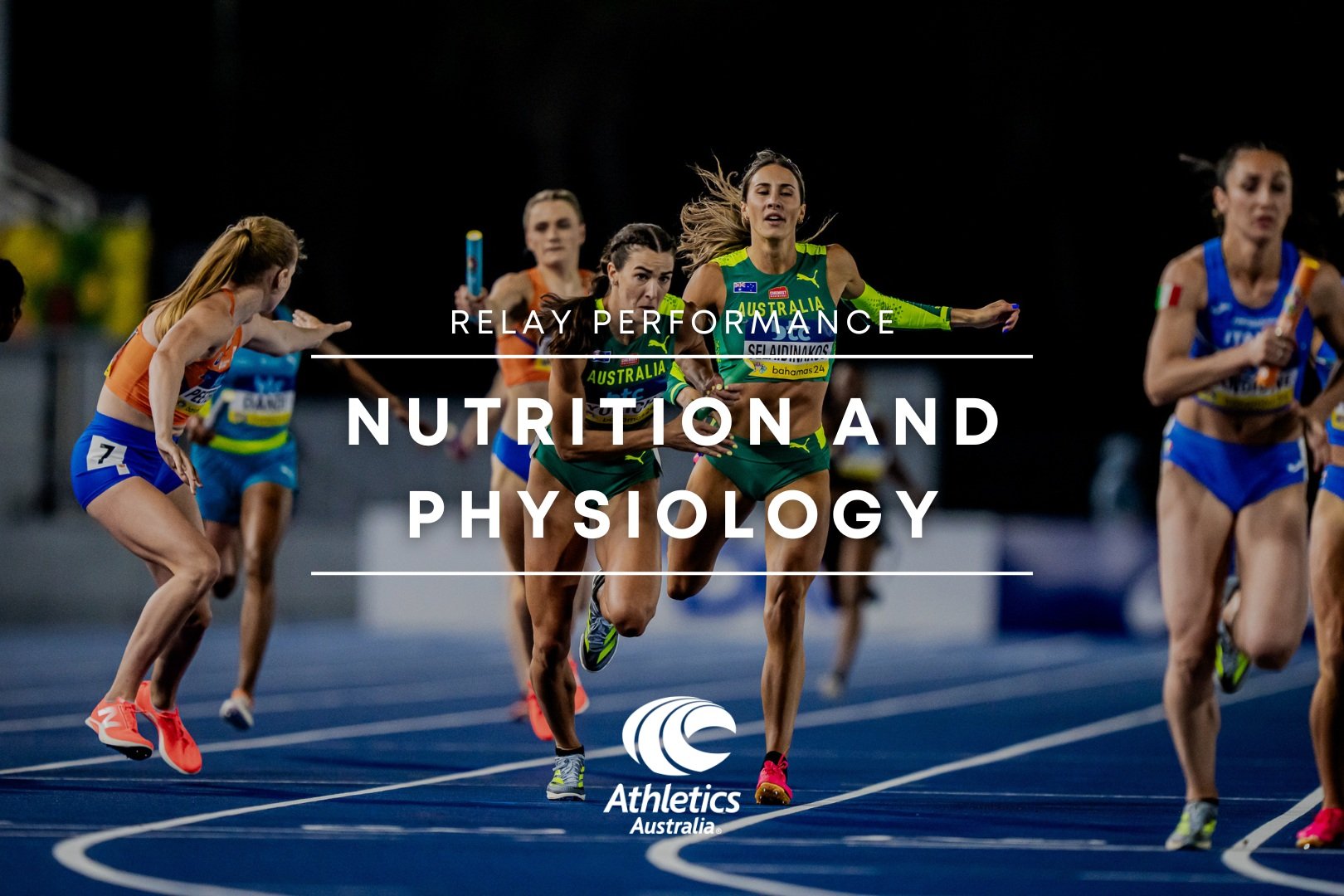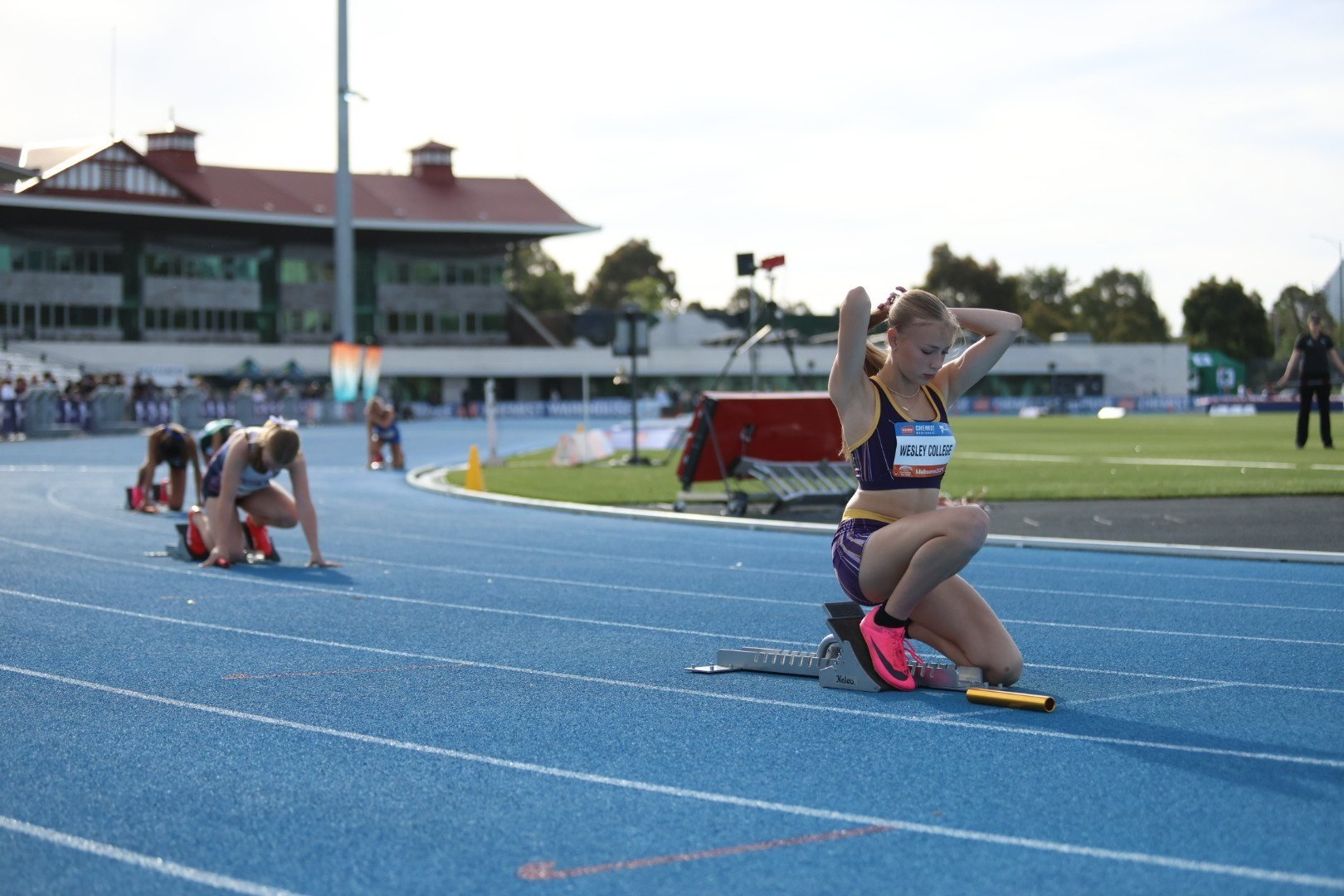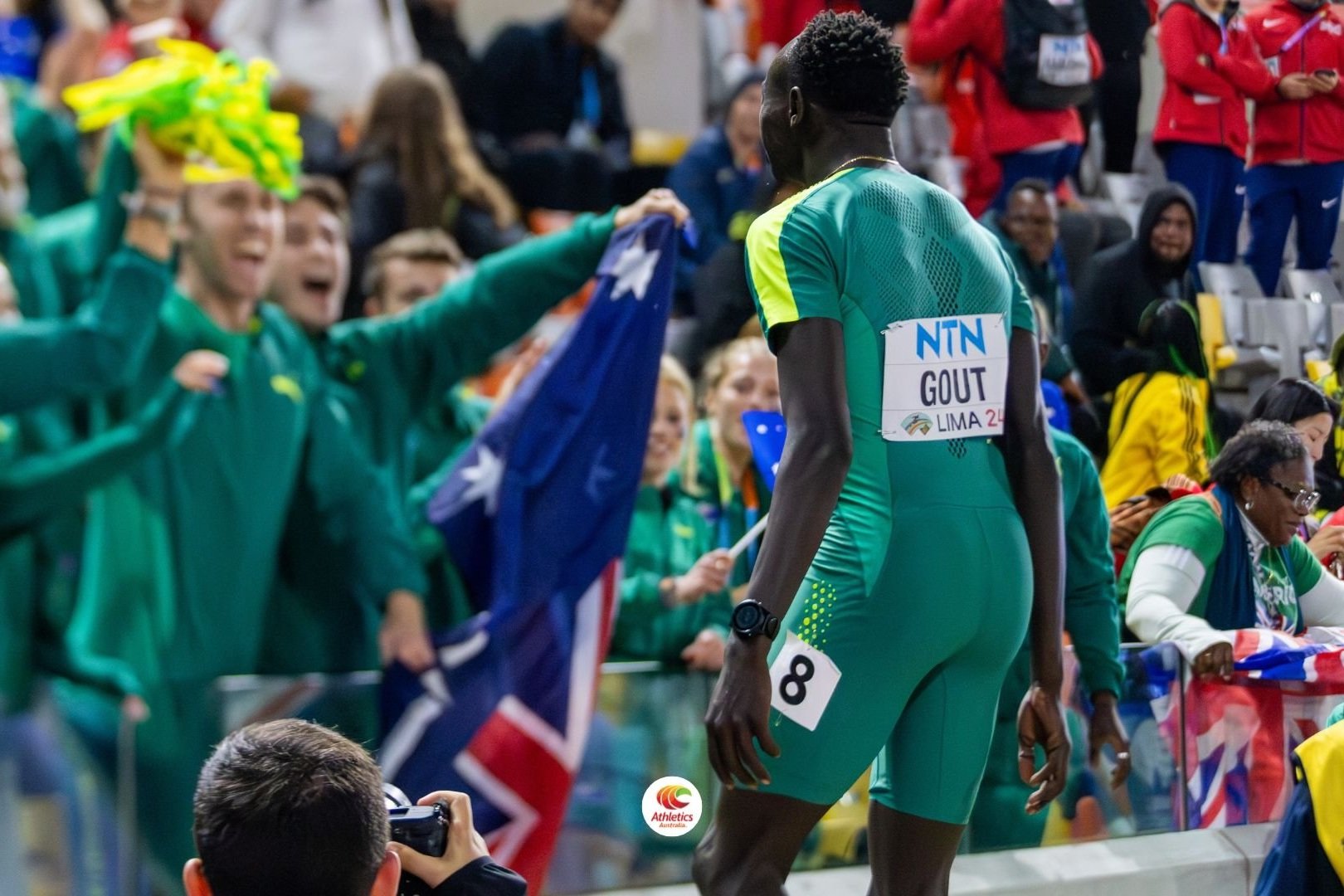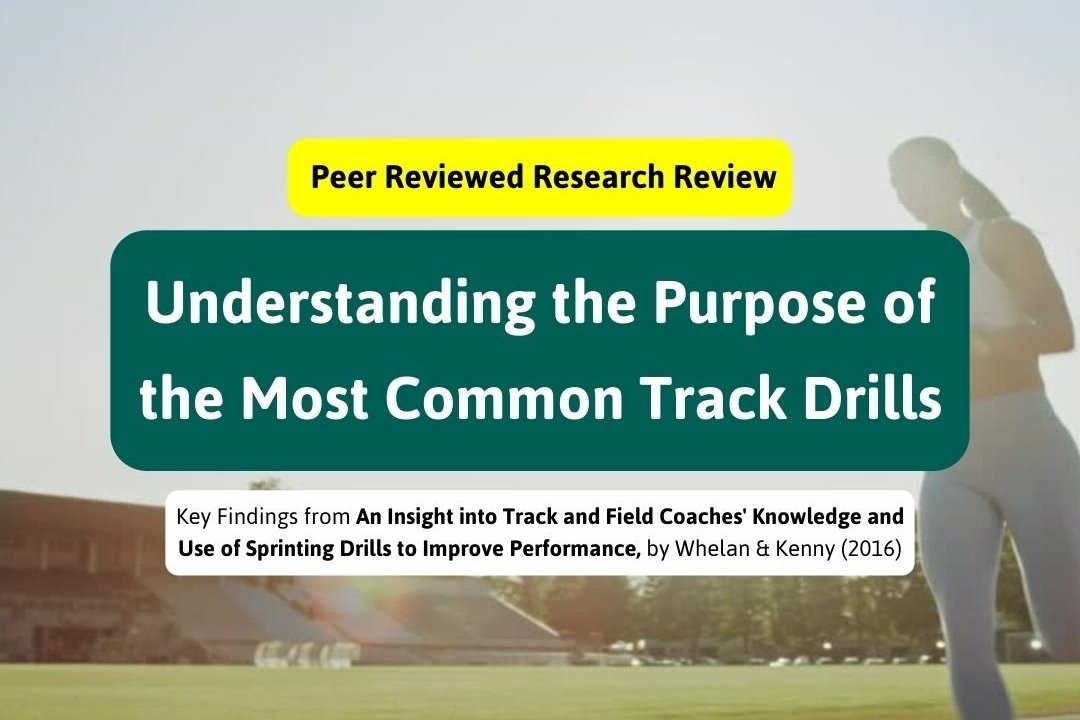Coach Education Resources

Online Abuse Targeting Athletes: A Four-Year Study by World Athletics
Familiarise yourself with the findings of a four year study by World Athletics examining online abuse experienced by athletes and your role as a coach in managing this issue.

Pool Running : Maximising Adaptations Beyond Rehabilitation
This article explores key benefits, effective techniques, and tailored session plans for both sprinters and distance runners of pool running. Whether you're looking to maintain fitness, build resilience, or introduce low-impact conditioning, this comprehensive overview will show you how to integrate pool running seamlessly into your training programs.

Managing Difficult Parents - Advice from the Athletics Coaching Community
This article explores strategies for managing "overbearing" parents in athletics coaching, drawing on insights shared by experienced coaches during the December Community Brainstorm. From setting clear boundaries with a parent code of conduct to fostering trust through open communication, the article highlights practical ways to turn parental involvement into a positive force. It also addresses the importance of coach well-being, offering advice on balancing professional responsibilities with self-care. Whether you're a new coach or a seasoned mentor, these tips provide valuable guidance for creating a supportive and productive training environment.

The Pathway to the Top
Di Huxley shares her research on what it takes to help athletes progress from juniors to elite seniors. She emphasises how crucial it is to truly know your athlete—not just their physical abilities but also their psychological and developmental needs. It’s about building trust, aligning your coaching goals with their readiness, and being flexible enough to adapt. She shares examples of how this approach can either nurture an athlete’s talent or, unfortunately, push them away.

Nutrition and Physiology 101
The presentation focuses on optimising performance and recovery during the upcoming January Relay camp in preparation for future competitions like the World Relays.
Key topics include the importance of hydration, nutrition, and central nervous system (CNS) recovery. Practical strategies are outlined, such as tracking fluid loss through pre- and post-training weighing, prioritising recovery snacks and ice baths, and managing heat exposure during training in hot and humid conditions.

Endurance Edge Masterclass: Performance Psychology and Altitude Training
The Endurance Edge Conference brought together some of Australia's brightest endurance stars and high-performance experts for an evening of inspiration and practical insights. Held at the Victorian Institute of Sport at Lakeside Stadium, the event highlighted strategies for athletic success and fostered connections between elite athletes, coaches, and attendees.

Cold Water Immersion - Should it be Part of Your Coaching Toolkit?
Recovery is a cornerstone of performance, enabling athletes to train harder, recover faster, and reduce the risk of injury. Among the recovery strategies available, Cold Water Immersion (CWI) has become a popular choice in many sports, including track and field. But what does the evidence say, and how can coaches use this method effectively?
This article explores the benefits and considerations of incorporating CWI into a recovery protocol, drawing from insights provided by the Australian Institute of Sport (AIS).

New Research Shows How Long, Hard and Often You Need to Stretch to Improve Your Flexibility
Static stretching is widely used to improve flexibility. But there are no clear recommendations on the optimal amount required. Our new research examined how long, how hard and how often you need to stretch to improve your flexibility – it’s probably less than you expect.

‘The Six Absolutes’ - Essential Tools for Your Coaching
One of the most effective tools I’ve come across in my coaching journey is the Six Absolutes. These principles, created by Dr. Greg Shepard, are the backbone of my approach to teaching technique on the track and in the gym. They’re simple enough to apply straight away, yet powerful enough to transform how athletes perform and avoid injuries.

The Functional Movement Screen
The Functional Movement Screen (FMS) is a tool for evaluating an athlete's functional movement patterns. In this article, we break down how the FMS works, assess its effectiveness in identifying movement inefficiencies and asymmetries, and why it may be a useful addition to your coaching toolkit.

Five Strategies for Balancing Coaching with a ‘Normal’ Life
Coaching track and field athletes is a rewarding yet demanding pursuit, often requiring a delicate balance between professional commitments, personal life, and the passion for coaching. In this article, we explore the wisdom and strategies of experienced coach Sandro Bisetto, who shares practical insights on time management, setting boundaries, aligning career goals, and maintaining strong family connections.

Muscular Strategy Shifts in Sprint Training: Implications for Training Cues and Exercises
The muscular strategy shifts identified by Dorn, Schache, and Pandy (2012) provide essential insights for sprint training, particularly for 100m and 200m sprinters. Coaches should focus on developing hip muscle strength and power to improve stride frequency and optimise sprint performance.

The Athlete Archetype Framework
A Totally Unscientific Way of Thinking About Different Athletes’ Needs and Motivations.
This guest article explores three ‘athlete archetypes’ and how the writer adapts their coaching style depending on the type of athlete they are working with.

Sharon Hannan: The Coach Who Built Communities, Not Just Champions
"It wasn’t just about athletics—it was about bringing people together, building relationships, and giving kids and families a place to belong."
Discover the driving influences behind one of Australia’s most successful athletics coaches of all time, Sharon Hannan.

The Norweigan Model of Lactate Threshold Training
The Norwegian model of lactate threshold training offers an intriguing approach for middle and long distance athletes. This model has been implemented successfully by some elite athletes, most notably in recent times Jackob Ingebrigtsen. The model emphasises moderating training intensity through lactate control and a unique method of blocking workouts.
This article will explore the training model and how it may be used by Australian coaches.

Coaching Circular Throws: Discus, Shot Put, and Hammer Throw
The Circular Throws (Discus, Shot Put, and Hammer) are events demanding a blend of strength, timing, coordination, and technique. To optimise performance in these disciplines, coaches shouldfocus on key technical elements, phases of movement, and biomechanical principles. This article looks at the core coaching concepts and unique considerations for each throw, with insights derived from elite throwers and supported by biomechanical research.

Engagement, Connection, and Inspiration in Coaching
Explore the art of coaching through Wayne Goldsmith’s perspective, focusing on building genuine connections, fostering engagement, and inspiring athletes beyond mere physical training. Goldsmith highlights a concerning global decline in youth sports participation, arguing that traditional, metric-driven coaching approaches often miss what truly motivates young athletes: meaningful relationships and a sense of purpose.

Community Brainstorm: December 2024
The Community Brainstorm is a monthly forum where we tackle key coaching questions together, drawing on the collective wisdom of our coaching community. Each month, we highlight a real-world challenge, inviting coaches to share insights, strategies, and resources that help others navigate common issues in track and field coaching. Join us in building a stronger, more connected athletics coaching community.

Di Sheppard’s Holistic Approach to Success On and Off the Track
Di Sheppard, the influential coach behind rising Australian track star Gout Gout, has built a career grounded in authenticity, resilience, and a no-nonsense coaching philosophy. Known for her direct approach, Di prioritises both athletic skill and personal growth, creating a training environment that demands accountability and independence from her athletes.
Learn the secret behind her success in this feature article on one of Australia’s most talked about track and field coaches.

Purposeful Sprint Drills: Boosting Technique and Performance with Informed Choices for Track Coaches
This article summarises key findings from a study investigating the selection and rationale behind sprinting drills used by track and field coaches. It focuses particularly on coaches' understanding of how these drills impact sprint performance and technique.

